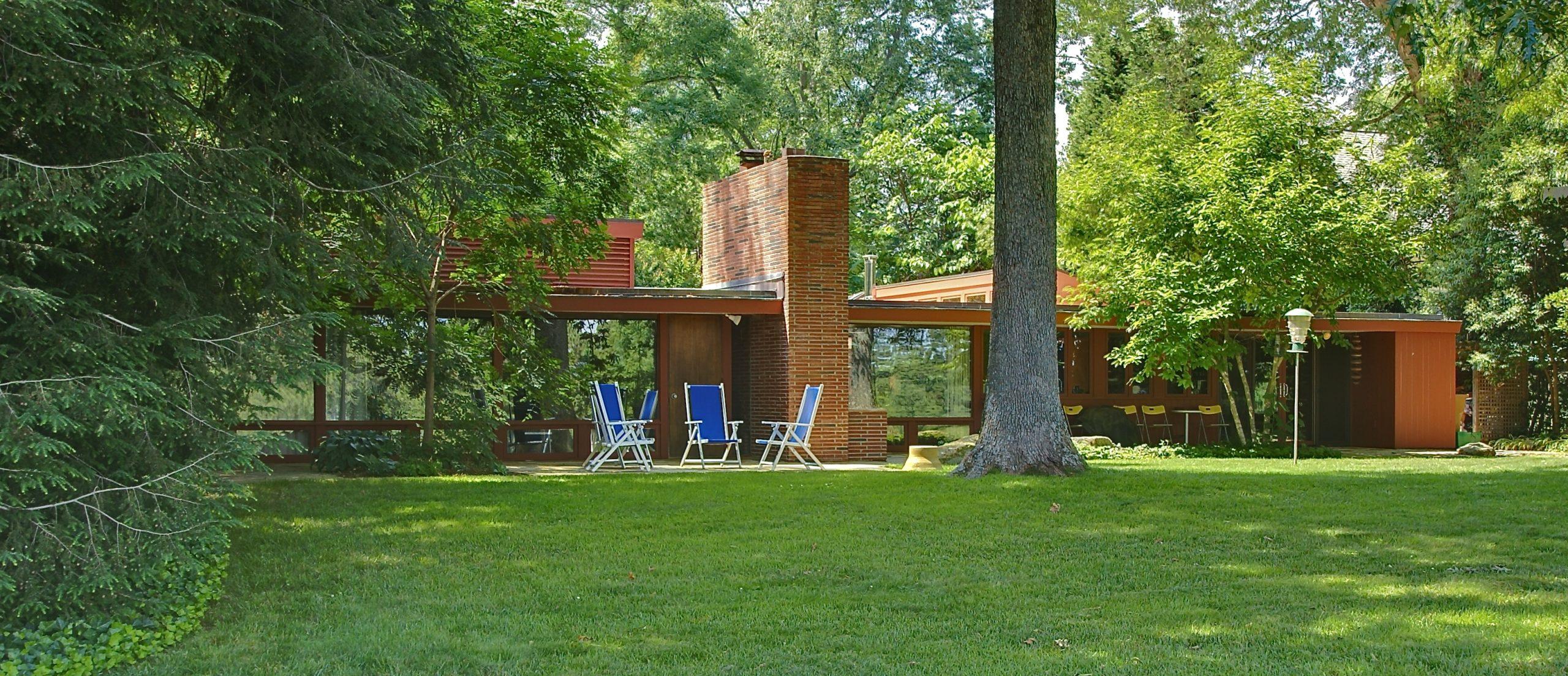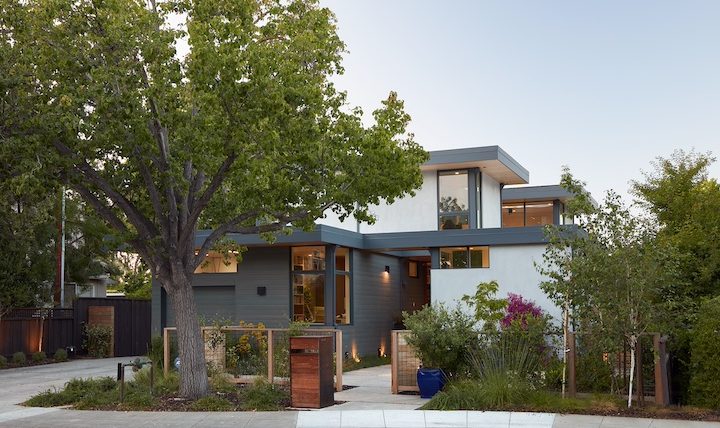Since the 1930s, Preservation North Carolina (PNC) has been striving to protect North Carolina’s architectural history, one building at a time.
Remarkably, of the total 702 preservation covenants held by statewide organizations in the U.S., 407 are held by PNC. “We have one of the highest rosters of protected buildings in the country,” says Elizabeth Sappenfield, director of urban issues for the organization. “We’ve saved more than 600 buildings across the state.”
The non-profit advocacy group strives to educate Carolina’s legislature, its local governments and the public at large about the benefits of historic preservation. It also steps up to purchase buildings, landscapes and outbuildings when necessary.
“We’ll sometimes option a building, put protective covenants in place and then market it,” she says. “When we find a buyer, we’ll execute the option.”
It’s a membership organization with nearly 5,000 members when the national statewide median is only 625. It operates, she says, with “five regional directors, seven on staff in the Raleigh headquarters, and an army of volunteers.”
As Carolina transitions from an economy based on textiles, tobacco and furniture manufacturing to one encompassing technology and information, its former factories, mills and support structures often stand empty and abandoned. For PNC and savvy developers, they present new opportunities to re-interpret the past. Two of PNC’s biggest success stories have occurred in former mill villages in coastal Edenton and Glencoe Village in Burlington.
“We acquired them and rebuilt them,” she says. “They’re really vibrant neighborhoods now.” The organization has a similar project in Goldsboro – and a 300,000 square-foot mill in Gastonia that she hopes to sell in full to a developer.
Two areas presenting the biggest opportunities for those interested in historic preservation lie in Raleigh, where an inventory of 700 mid-century modern homes awaits investment, and East Durham, an up-and-coming area of a town that’s taking off like a rocket.
“We just got a big grant for East Durham,” she says. “It will enable us to go into a number of houses there and rehab them so someone can move in.” That section of town is very close to downtown, its performing arts center, farmers markets, and new restaurants and bars. “Durham is now a 24/7 urban center,” she said. “The New York Times just published an article on its food scene two weeks ago.”
Raleigh’s wealth of mid-century modern architecture is the bounty of N.C. State’s School of Design’s very active faculty of the 1940s, ‘50s and ‘60s. Many of the homes and commercial structures are coming onto the market now, and are being rediscovered as the true gems they were when originally built.
“They’re just starting to be listed on the national register,” she says. “We’re at the moment when it’s dawning on us that we have a great treasure trove of mid-century modern architecture – one of the best in the country, and undiscovered.”
Predictably, she and PNC have already protected a number of them with covenants.
For more, go here.


